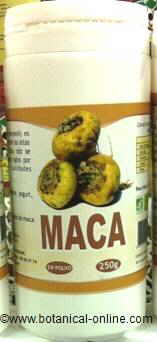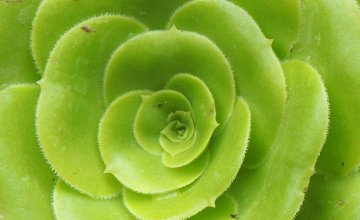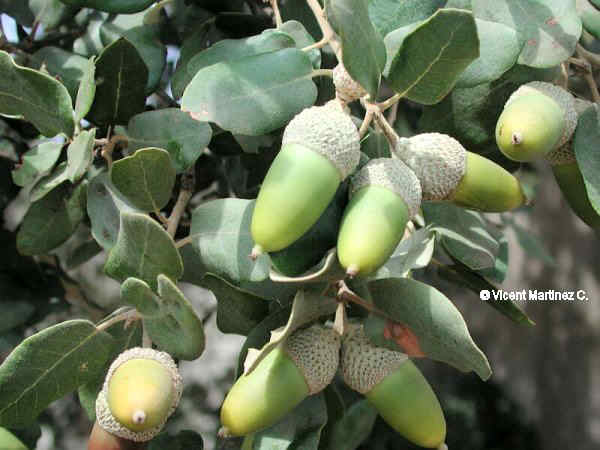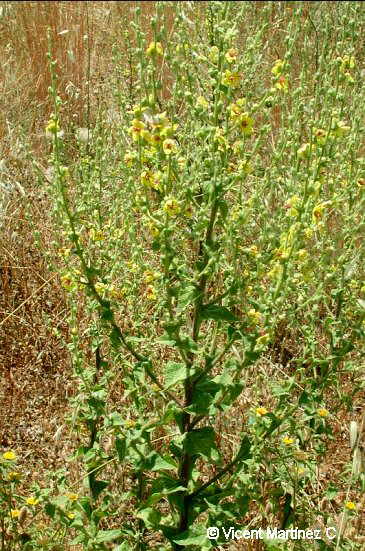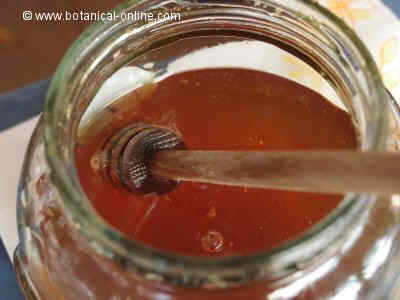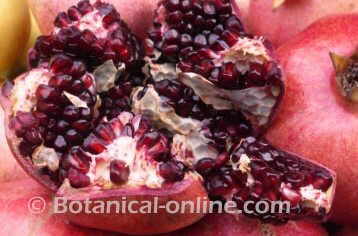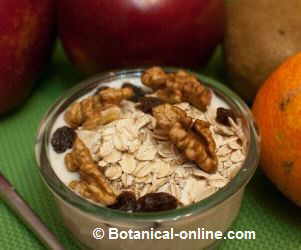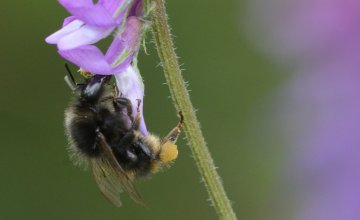Contents
Medicinal properties of nasturtium
A good remedy for baldness
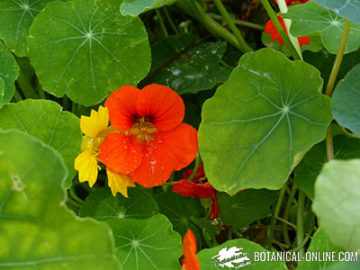
Nasturtium has been used in folk medicine as a stimulant of hair to prevent it from falling and to encourage growing. (Frictions with the liquid resulting from an infusions with the herb to 2%, or by applying the fluid extract to your hair).
You can also make a natural shampoo diluting the fluid extract to 5%. Another possibility is to crush the plant into a paste and apply it externally on the scalp.
An herbal medicine for your skin and other properties
Similarly, in external use, it has vulnerary and demulcent properties. It has been considered a good remedy for healing wounds and reduce inflammation. For its antimicrobial properties, it has been recognized as a good disinfectant, especially in all infections caused by fungi.
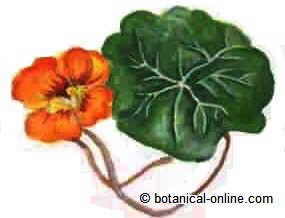
By means of crushing the plant, it yields a juice that has been used to promote circulation, especially in the legs and toes. The same juice was also used to increase urination and promote menstruation.
Infusions of the dried plant are considered adequate to treat respiratory problems related to bacterial infections in cases such as bronchitis, sore throat, flu, etc. In this sense, its components seem to have bacterial and expectorant roles, either to kill bacteria or help expel mucus chest.
Is nasturtium considered safe?
Attention!!! In spite of all these traditional uses, given the toxicity of some components, most of herbalists do not find it suitable to be used in homemade preparations.
Its toxicity is considerable, affecting the digestive system and kidneys, causing considerable irritation in people sensitive to its components or those who exceed the suitable dosage.
This has to be taken into account especially in people with gastrointestinal ulcers or kidney disease.
Edible properties of nasturtium: Nasturtium as an edible plant in the diet
Nasturtium or cress is used in wild plant salads, mixed with lettuce. The leaves and flowers taste very similar to watercress or arugula, as they contain sulphurous heterosides like these plants.
nasturtium flowers in a market to sell
Photo of bottled nasturtium flowers. They can be purchased in some markets, although it is a perishable product and difficult to find.
In the past, the seeds were dried and used as a pepper, although their use is not recommended due to the toxicity of the seeds.
For internal use, due to its richness in vitamin C, the flowers and leaves have been used as fresh foods to combat scurvy.
The flower buds, hardened in vinegar, have also been used as substitutes for capers, and are an excellent aperitif.
History of wild plants: from wild use to cultivation for gourmet restaurants
It is possible that the consumption of nasturtium as an edible plant will increase in the coming years due to the boom in the use of this plant on the menus of gourmet restaurants.
It is increasingly common to find nasturtium leaves or flowers in the dishes of the most famous chefs of the moment, due to the flavor, color and distinction that cooking with edible wild plants brings to dishes.
Nasturtium in the garden
As a garden plant, it is used for its beautiful flowers. Besides, it offers repellent properties against garden pests, especially against aphids. (Spray the affected plants with the liquid resulting from a an infusion all all aerial parts.
![]() More information on nasturtium.
More information on nasturtium.

